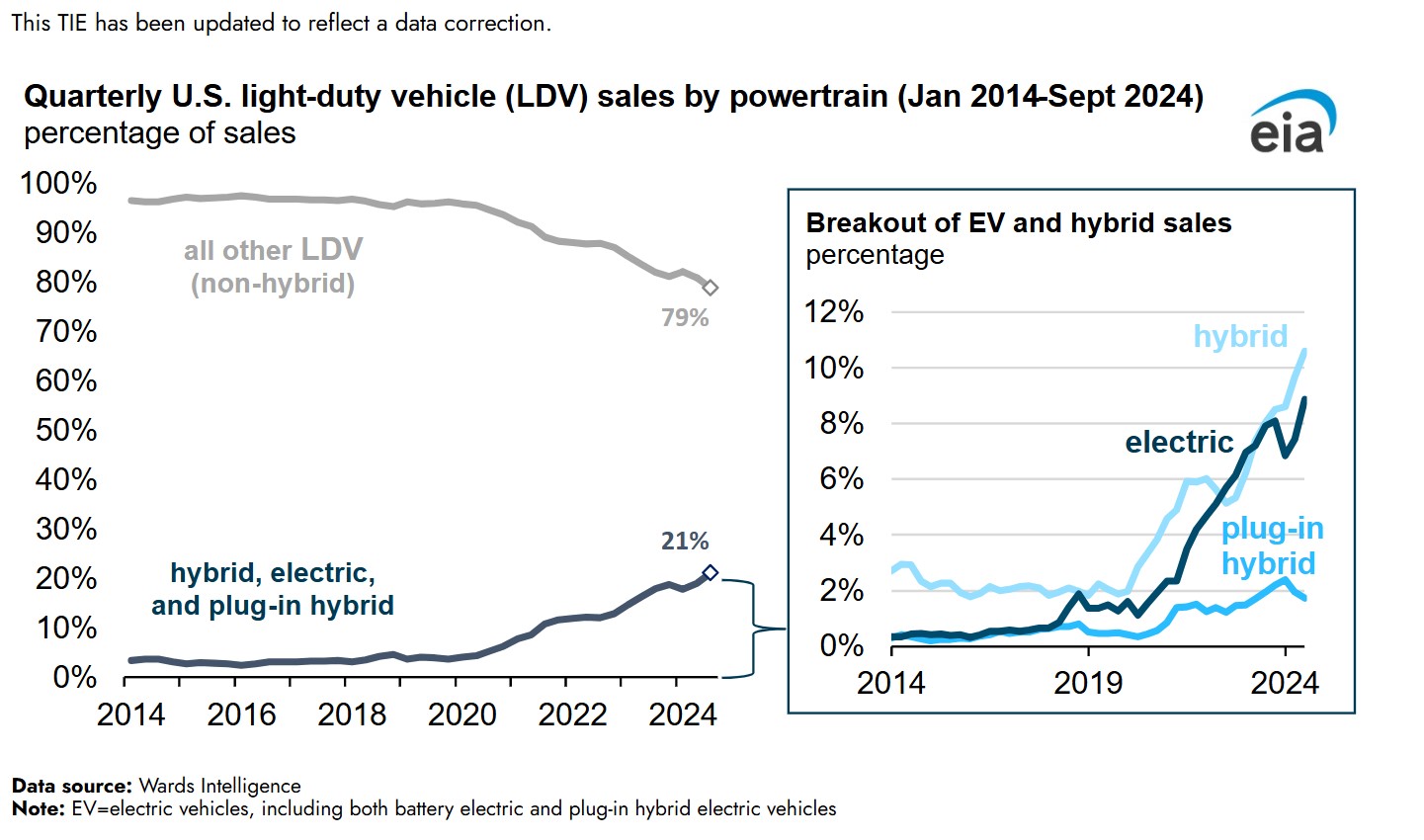A Market in Transition and a New Era for Drivers and Auto Shops
The world of electric and hybrid vehicles is going through a major shift. With the recent passage of the One Big Beautiful Bill, some key federal policies are being rolled back. Among the most significant changes is the end of tax credits for EVs and hybrids. By September 30, 2025, the $7,500 credit for new EVs and the $4,000 credit for used ones will expire. Incentives for home charger installations are also scheduled to phase out by mid-2026.
The bill also eliminates penalties for automakers who don’t meet fuel economy targets, which effectively puts an end to the system of trading zero-emission vehicle (ZEV) credits. Alongside these changes, several clean energy initiatives, including funding for EV infrastructure, are being scaled back.
At a glance, this might seem like a step backwards. But in reality, it's a turning point that signals the clean vehicle market is strong enough to stand on its own.
The EV and Hybrid Market Is Still Growing
Despite the shift in policy, the outlook for electric and hybrid vehicles remains positive. Global EV sales are projected to exceed 30 million units annually within the next few years, according to BloombergNEF. In the United States, hybrids are gaining traction, and some analysts believe they could make up around a third of new vehicle sales by 2027.
There are a few reasons for this continued growth. First, prices for EVs and batteries are coming down. Second, more models are available across a range of price points. And third, the public and private sectors continue to invest in expanding charging infrastructure. In short, the foundation built over the past decade is still solid—and it’s getting stronger.

The Solar Industry Offers a Useful Comparison
To understand what’s happening now, it helps to look at another industry that went through a similar transition: solar energy.
In the early 2000s, solar was heavily supported by government incentives. These helped bring down costs and encouraged adoption at a time when the technology was still expensive and unproven. Over time, those investments paid off. As technology improved and production scaled, the cost of solar panels dropped sharply. Eventually, solar reached a point where it could compete with traditional power sources without subsidies.
Today, solar is one of the fastest-growing sources of energy worldwide. People adopt it not because of tax breaks, but because it saves money and works well. The EV and hybrid space is now entering that same phase of market maturity.
A Shift from Government-Led to Customer-Driven
For many years, policy shaped the clean vehicle market. Tax credits helped people afford EVs, and regulations pushed automakers to innovate. Those tools were useful during the industry's early stages.
Now the momentum is coming from a different place. Buyers want vehicles that are affordable, reliable, and practical to maintain. They’re looking for long-term value, and they’re making decisions based on their own needs rather than government incentives. That change creates new opportunities for companies, shops, and service providers focused on delivering quality over hype.
What This Means for Drivers and Shops
If you're a driver, this change makes it more important to think about the full cost of ownership. Without tax credits, the up-front savings may shrink, but hybrids and used EVs still offer solid long-term value. Affordable battery replacement options and low maintenance costs will become bigger parts of the decision.
If you run a shop or service center, there’s an opportunity to stand out. More customers will be looking for trusted professionals who can help them keep their EVs and hybrids on the road. Services like battery testing, reconditioning, and full replacements are becoming essential—and the shops offering them will be positioned to grow.
The Role of the Industry in What Comes Next
The future of clean transportation will be built by the people who work on vehicles every day. That includes battery makers, but also mechanics, educators, parts suppliers, and diagnostics providers. The EV and hybrid ecosystem is becoming more localized, more service-driven, and more focused on customer experience.
At A3 Global, we work closely with repair shops across the country. We provide high-quality reconditioned battery packs, diagnostic tools, and hands-on training. But it’s the shop owners and technicians who are building lasting relationships with drivers and making these vehicles more affordable to own and maintain.
Their role is more than just repair work. They’re helping drivers get more life from the vehicles they already have. They’re providing honest advice, dependable service, and a clear alternative to expensive dealership options. As the market evolves, that kind of trust will matter more than ever.
This next chapter will be shaped by collaboration, not just innovation. And we’re proud to be working alongside the people who are leading the way.
Looking Ahead
The end of federal EV tax credits doesn’t mean the clean vehicle movement is slowing down. In many ways, it marks the beginning of a more stable, sustainable phase—one where performance, price, and service matter most.
We’ve seen this story before. The solar industry made the leap from subsidy to self-sufficiency, and it’s now stronger because of it. The same thing is happening here.
A3 Global is committed to supporting drivers, technicians, and businesses during this transition. Whether you need a dependable battery replacement or you're looking to offer these services at your shop, we're here to help.
To learn more about our solutions or how to become a certified partner, visit A3Global.com or email us at info@a3global.com.



